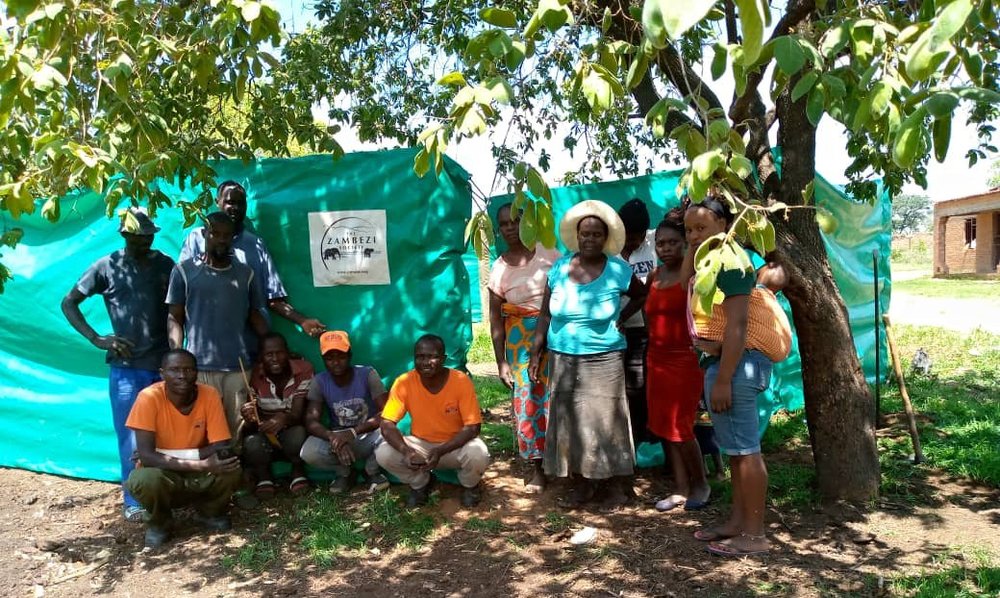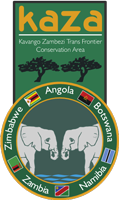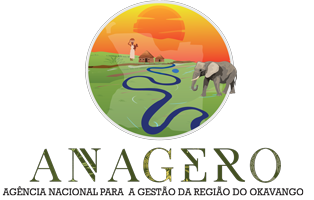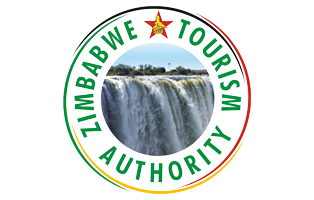Uncover Kavango Zambezi’s Hidden Gems – The power of conservation partners
THE ZAMBEZI SOCIETY – HUMAN WILDLIFE CO-EXISTENCE
For over four decades, The Zambezi Society has been at the forefront of conservation in the Zambezi Valley, working to protect wildlife and wilderness through leadership, collaboration, and hands-on conservation efforts. Established in 1982, the organisation plays a vital role as a watchdog, advocating for sustainable development while actively participating in conservation planning. Their work focuses on safeguarding protected areas, fostering human-wildlife coexistence, supporting rangers, and advancing conservation through research – all centred within Zimbabwe’s Zambezi Valley.

Community Livestock & Crop Protection: Working Together for Coexistence
The Zambezi Society has made remarkable progress over the past six months, particularly under the leadership of Collin Tapi, their new Project Manager. Since joining, Collin has spearheaded several Human-Wildlife Coexistence (HWC) projects in the Charara-Kariba area, making a profound impact on both local communities and wildlife.
- Chilli Bricks: To deter crop-raiding elephants, the team has moulded 3,500 chilli bricks, which, when burned, create a natural barrier against wildlife. These bricks will be used throughout the growing season (January to April), helping to protect vulnerable households along the community boundary of the Charara Safari Area.
- Rabies Vaccination: After an outbreak of rabies in communities near Charara, the Society partnered with Zimbabwe’s Veterinary Department to launch a rabies vaccination campaign. A total of 285 domestic dogswere vaccinated, significantly reducing the risk of transmission. Since the campaign, no further rabies cases have been reported.
- Tick-Borne Disease Education: With the arrival of the rainy season, the team recognised the need to address misconceptions about tick-borne diseases affecting cattle. In collaboration with the Veterinary Department, they conducted a series of community workshops, educating farmers on disease prevention and treatment – empowering them with knowledge to safeguard their livestock.
- Predator-Proof Bomas: To protect livestock from lions and hyenas, the team successfully built 20 predator-proof bomas in rural communities surrounding the Charara Safari Area. These secure enclosures now provide safety for over 700 cattle belonging to 99 households. Their efforts continue, with seven more bomas on order for high-risk areas.
- Elephant-Proof Storage Units: In response to frequent grain theft by elephants, the Society constructed three demonstration storage units, providing a model for safe crop storage. Following successful trials, there are plans to expand these units into Kariba, where elephant crop-raiding is particularly prevalent.
- Crop Protection Demonstration Sites: The team has established two demonstration sites showcasing effective elephant deterrents, including metal strip fences, chilli fences, and white rock barriers. These practical solutions offer farmers sustainable ways to protect their crops while coexisting with wildlife.
Through these initiatives, The Zambezi Society is proving that conservation is strongest when communities are involved. By fostering coexistence, protecting livelihoods, and ensuring the safety of both people and wildlife, they are making a lasting impact in the Zambezi Valley.
Community Training & Awareness: Empowering People for Long-Term Change
This year, The Zambezi Society expanded their Human-Wildlife Coexistence (HWC) team in Kariba. They have made remarkable strides in raising awareness and educating communities on how to live in harmony with wildlife.
Here’s what they’ve been working on:
- Team Training: The entire HWC team participated in two intensive, week-long training sessions. These courses deepened their understanding of human-wildlife conflict – both in general and within the project area – while helping to develop more effective strategies for mitigating conflict and engaging communities.
- HWC Workshops: This year, the team conducted 67 human-wildlife coexistence workshops in villages along the southern boundary of the Charara Safari Area, with an average of 55 adults per session. These workshops focused on understanding wildlife behaviour, living safely alongside wildlife, and protecting crops, livestock, and property. In addition, they hosted workshops at 24 schools in Kariba Town, reaching approximately 7,500 students across both primary and high schools. Held three times throughout the year, these sessions ensured that every student had the opportunity to learn about wildlife safety.
- Virtual Reality Awareness Videos: Introducing Virtual Reality (VR) technology has transformed the way communities engage with wildlife conservation. Initially, VR videos were used to educate students in rural schools about wildlife behaviour along the Charara Safari Area boundary. The programme then expanded to include Human-Lion Coexistence, with a VR video shown to Grade 6 students across all 13 primary schools in Kariba Town. Following this success, a new Human-Elephant Conflict VR experience was launched. These immersive experiences are paired with exercises that track changes in students’ perceptions, helping assess the immediate impact of the programme.
Together, these initiatives are making a real difference in fostering a more harmonious relationship between people and wildlife. Every step taken to reduce human-wildlife conflict not only protects communities but also ensures a future for these incredible species.
By working together and maintaining open dialogue, The Zambezi Society is helping build a deeper understanding of wildlife behaviour – laying the foundation for long-term coexistence. Through education, innovative conservation strategies, and a commitment to working hand in hand with local communities, they remain dedicated to ensuring that both people and wildlife thrive in this shared landscape.







